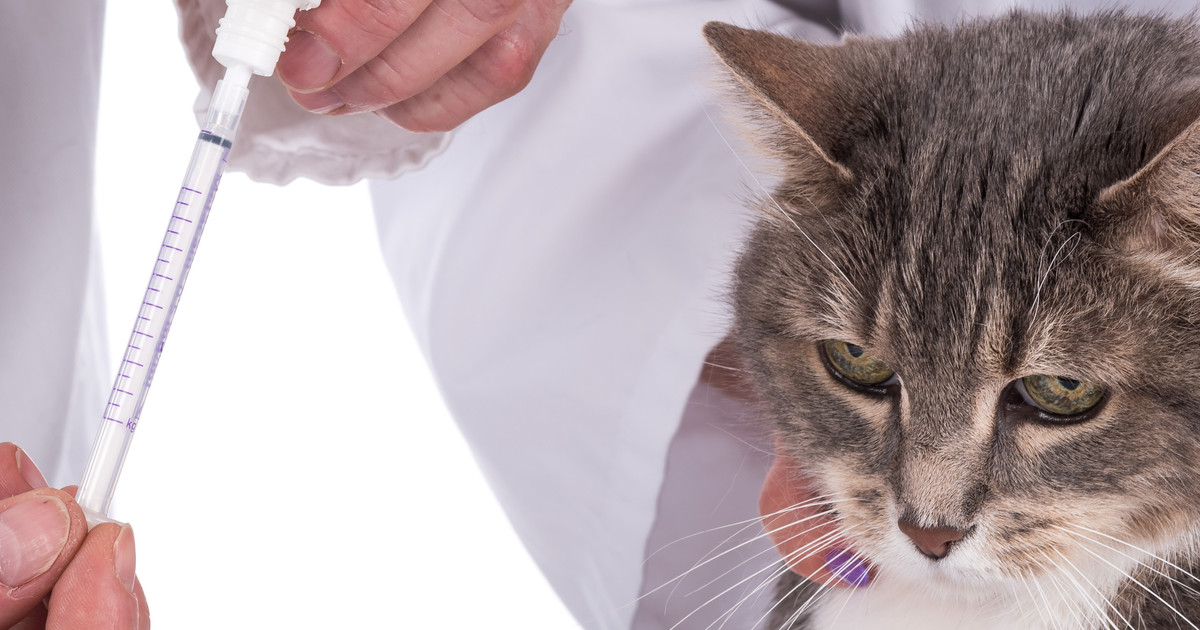How To Treat Mange In Cats
Administer Mite Medication

In many cases of mange in cats, the vet will prescribe anti-mite medication. You can administer the medication through injection or by applying it to the skin. The exact treatment regimen will depend on the mite species involved, the severity of the mange, and on whether the cat has developed any secondary infections. Examples of anti-mite medication include selamectin, doramectin, amitraz, and ivermectin. The last can be given orally or through injection. Doramectin is given through injection, while amitraz and selamectin can be applied to the skin. Moxidectin is another medication applied to the skin; it is used to treat demodectic mage. Alternatively, vets may recommend dips as anti-mite medication to treat mange in cats. Dipping a cat involves partially immersing them in a special solution, often a lime-sulfur solution, that kills the mites and other pathogens. The vet will pour the solution over the exposed parts of the cat’s body except their head to thoroughly soak them and ensure the dip reaches their skin. The cat will usually need to be dipped at least once a week for the next six to eight weeks. If you have dogs that have been treated for mange, talk to the vet before using those treatments on your cat. Some mange treatments for dogs are actually poisonous to cats (and vice versa). While other treatments work, cats will need a smaller dosage.
Keep reading to learn more about treating mange in cats now.